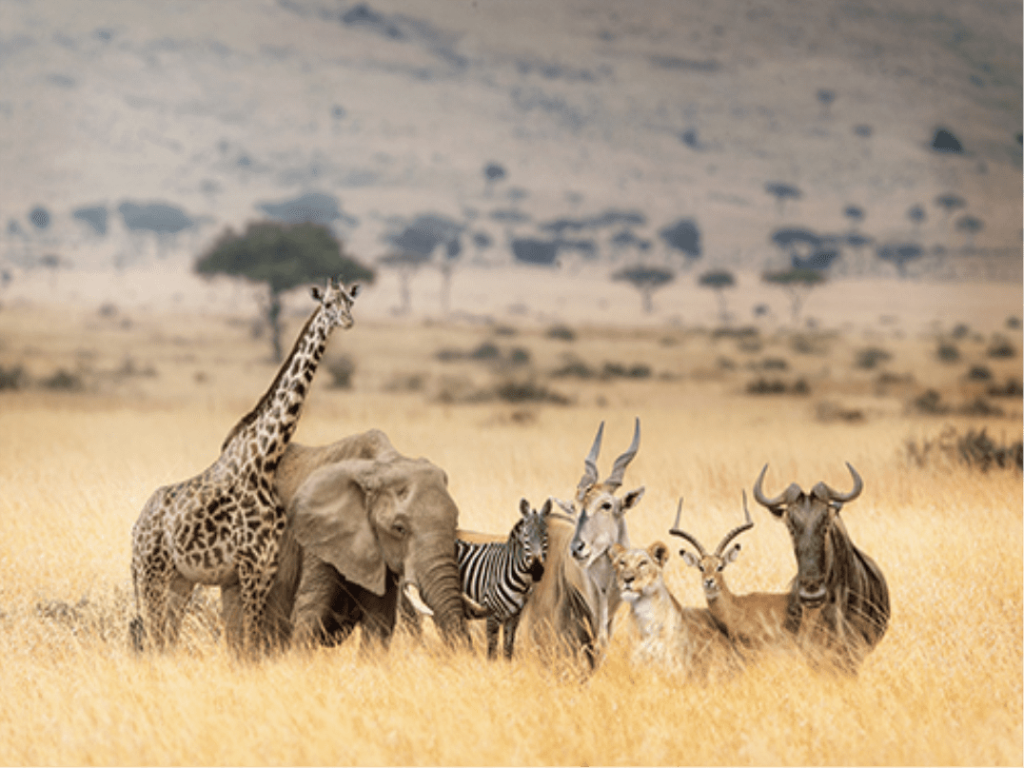Learning animal names in Arabic, their unique sounds, and how they move isn’t just about building your vocabulary; it’s about bringing the Arabic language to life! Whether you’re a beginner or a seasoned learner, this fun and engaging guide will show you how to talk about the fascinating world of animals in Arabic, adding a layer of excitement to your language journey. Ready to dive into the wild and wonderful world of Arabic? Let’s go on an adventure!
Let’s Hop To It!
Animal Names in Arabic: Your Vocabulary Starter
The first step in discussing animals in Arabic is to familiarize yourself with their names. Here are some common animals and their names in Arabic:
| In English | In Arabic | Pronunciation |
|---|---|---|
| Cat in Arabic | قِطَّة | qitah |
| Dog in Arabic | كَلْب | kalb |
| Bird in Arabic | طَائِر | taaʼir |
| Cow in Arabic | بَقَرَة | baqarah |
| Lion in Arabic | أَسَد | ʼasad |
| Elephant in Arabic | فِيل | feel |
| Horse in Arabic | حِصَان | hi-saan |
| Fish in Arabic | سَمَكَة | samakah |
| Camel in Arabic | جَمَل | jamal |
Knowing these basic names is essential for building your vocabulary and conversing about animals in Arabic. If you’re looking to expand your vocabulary, knowing animal names in Arabic is a great place to begin. Now that you’re learning Arabic in leaps and bounds, why not continue learning it the right way?
Animal Sounds in Arabic: From Meows to Roars
Next, let’s explore how to express animal sounds in Arabic. Just like in English, these sounds are often onomatopoeic, meaning they mimic the actual sound the animal makes:
| In English | In Arabic | Pronunciation |
|---|---|---|
| Cat (meow) | مُواء | muwaaʼ |
| Dog (bark) | نُباح | nubaaH |
| Bird (chirp) | زَقْزَقَة | zaqzaqah |
| Cow (moo) | خُوَار | khuwaar |
| Lion (roar) | زَئِير | zaʼeer |
| Donkey (bray) | نَهِيق | naheeq |
| Horse (neigh) | صَهيل | Saheel |
| Rooster (crow) | صِياح | SiyaaH |
Animal Movements in Arabic: Describing Actions
Finally, understanding how animals move is crucial when describing them in Arabic. Here’s how to talk about different animal movements:
| In English | In Arabic | Pronunciation |
|---|---|---|
| Cat (walk) | مَشَى | mashaa |
| Dog (run) | جَرَى | jaraa |
| Bird (fly) | طارَ | Taara |
| Cow (graze) | رَعَى | raʻaa |
| Lion (stalk) | تَسَلَّلَ | tasallala |
| Donkey (walk) | مَشَى | mashaa |
| Horse (gallop) | عَدَا | ʻadaa |
| Fish (swim) | سَبَحَ | sabaHa |
By mastering these movements, you can vividly describe animals’ actions in Arabic and enrich your Arabic animal vocabulary.
Cultural Significance: The Camel in Arabic
In the Arab world, the camel in Arabic (جمل /jamal/) holds a special place. It’s not just an animal; it’s a symbol of endurance and tradition. You’ll find references to camels in Arabic poetry, stories, and even proverbs. Understanding the camel in Arabic is a window into Arab culture.
Animals are an integral part of Arabic vocabulary, and understanding their names, sounds, and movements helps expand your language skills. Whether you’re describing a cat’s quiet walk or a lion’s powerful roar, this knowledge will make your Arabic conversations more engaging and accurate. You will also improve your knowledge of Arabic bird names, and many other animal names in Arabic.
Ready to dive deeper into Arabic and learn more about animals name in Arabic? Download the Kaleela app or visit our website today and explore more exciting topics, including animals, through interactive lessons and practical exercises.



